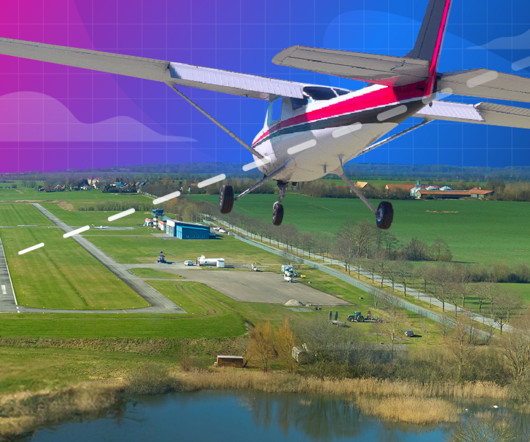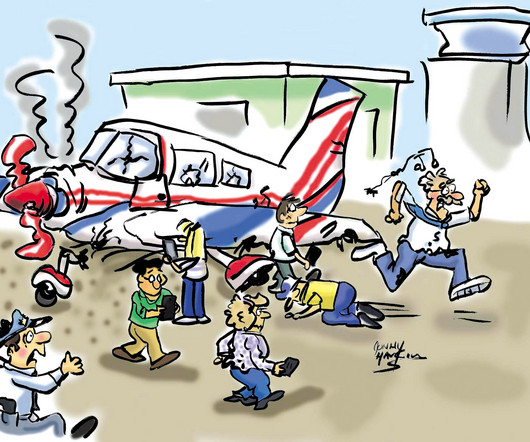How to Improve Your Landings
Pilot Institute
JULY 12, 2024
Key Takeaways Start by setting up your approach correctly to ensure you arrive at the threshold perfectly every time. You can only begin improving the touchdown if you’ve mastered positioning your aircraft above the runway threshold correctly. The easiest way to achieve this is by flying a stabilized approach.












Let's personalize your content